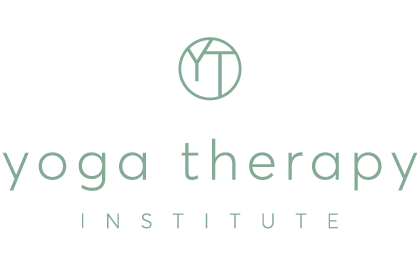As a Yoga Therapist, you recognise that effective communication is central to not only your interactions with students and clients, but potentially pivotal to creating optimal outcomes of your work together. Wise communication has specific qualities and characteristics. Psychologist and New York Times best-selling author Rick Hansen identifies these as well-intended, true, beneficial, timely and not harsh.
You’re not alone if you’re spotting some parallels with the Yamas (social observations): Ahimsa (Non-violence), Satya (Non-Lying), Asteya (Non-Stealing), Aparigraha (Non-Greed), Brahmacharya (Non-misuse of sexuality). These qualities, while sometimes operating under the guise of ‘soft-skills’, are inherent to the quality of our interactions, be they verbal or non-verbal. Inarguably, active listening, non-judgement and empathy all matter, because they are where true understanding can begin.
The therapeutic relationship contributes a unique and primary facet of variance to the effectiveness of our work. It also has effectiveness as a secondary element of Yoga therapy in that the relationship affects a client’s feelings about the modality and their potential compliance with any individualised practice created for them.
Therefore, considering how we communicate with our clients is critical.
- Before Yoga Therapy can be attempted, it must be preceded by a comprehensive understanding of the client, gained through the systematic approach of the Vyuhu model and using methods which include Darsanam (observation) and Prasnam (interview).
- Feeling when to speak and when to be silent can seem like an art, but remember that Rick Hansen’s tips, like the foundations of Patanjali’s Eight Limbs, provide a scaffold to guide us.
- Be yourself – being grounded, present and authentic is vital to good communication.
- Chinese philosopher Lao-Tse expressed this over two and a half thousand years ago: “The way to do is to be”. Creating space through listening and allowing the gaps of silence can offer the client a precious opportunity to tell their story as it relates to their life here and now.
- The ‘response-ability’ then lies with you, the Yoga Therapist.
https://www.rickhanson.net/speak-wisely/
Rosenberg, M. B. (2003 2nd Ed.) Nonviolent Communication: A Language of Life PuddleDancer Press, Encinitas, CA
